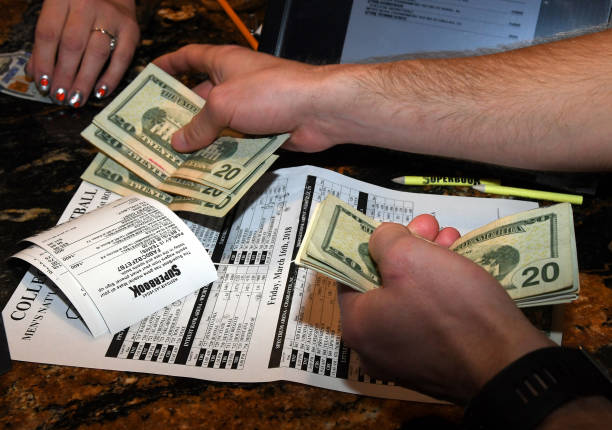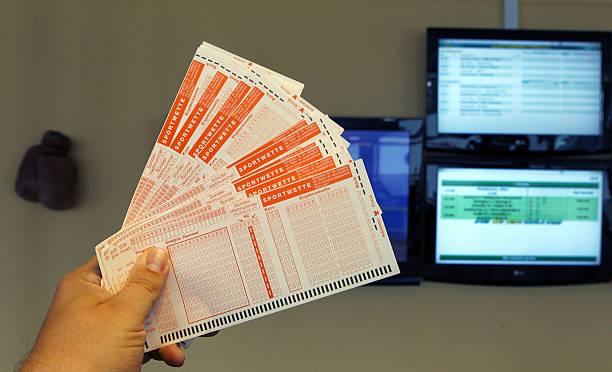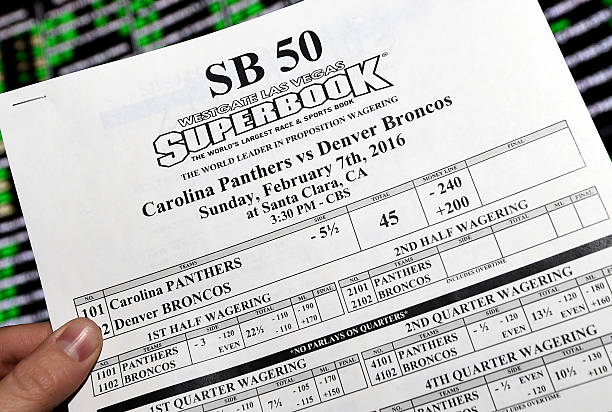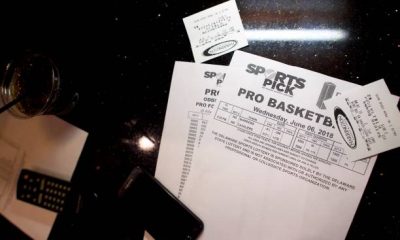
Understanding Odds: How to Read, Calculate, and Use Them to Your Advantage
Odds are the backbone of betting. They determine how much you can win, reflect the probability of an outcome, and help you assess whether a bet is worth taking. But for many bettors, odds can be confusing—especially with different formats like decimal, fractional, and American odds. In this guide, we’ll break down everything you need to know about odds, from reading and calculating them to using them to make smarter bets.
What Are Betting Odds?
Betting odds represent the likelihood of a particular outcome occurring in an event. They also indicate how much money you can win if your bet is successful. Odds are set by bookmakers based on their assessment of the event’s probability, but they also include a margin (the “vig” or “juice”) to ensure profit.
Types of Betting Odds
There are three main types of odds formats used globally. Let’s explore each one:
1. Decimal Odds
- Format: Expressed as a decimal number (e.g., 2.50, 1.80).
- How to Read: The number represents the total payout per unit staked, including the original stake.
- Example: If you bet $10 at odds of 2.50, your total payout would be $25 ($10 x 2.50).

2. Fractional Odds
- Format: Expressed as a fraction (e.g., 5/1, 2/3).
- How to Read: The numerator (first number) represents the profit, while the denominator (second number) represents the stake.
- Example: If you bet $10 at odds of 5/1, you’ll win $50 in profit plus your original $10 stake.
3. American Odds
- Format: Expressed with a plus (+) or minus (-) sign (e.g., +200, -150).
- How to Read:
- Positive Odds (+) indicate how much profit you’ll make on a $100 stake.
- Negative Odds (-) indicate how much you need to stake to win $100.
- Examples:
- +200 means a $100 bet wins $200 in profit.
- -150 means you need to bet $150 to win $100.
How to Convert Between Odds Formats
Understanding how to convert odds formats can be helpful, especially when comparing odds across different bookmakers. Here’s how to do it:
Decimal to Fractional
- Subtract 1 from the decimal odds and convert to a fraction.
- Example: 2.50 – 1 = 1.50, which is equivalent to 3/2.
Fractional to Decimal
- Divide the numerator by the denominator and add 1.
- Example: 5/1 = 5 ÷ 1 + 1 = 6.00.
American to Decimal
- Positive Odds: Divide by 100 and add 1.
- Example: +200 = (200 ÷ 100) + 1 = 3.00.
- Negative Odds: Divide 100 by the odds and add 1.
- Example: -150 = (100 ÷ 150) + 1 = 1.67.
How to Calculate Implied Probability
Implied probability is the likelihood of an outcome as suggested by the odds. It’s a crucial concept for identifying value bets.

Formula for Each Odds Format:
- Decimal Odds: Implied Probability = (1 ÷ Decimal Odds) x 100
- Example: 2.50 odds = (1 ÷ 2.50) x 100 = 40%.
- Fractional Odds: Implied Probability = (Denominator ÷ (Numerator + Denominator)) x 100
- Example: 5/1 odds = (1 ÷ (5 + 1)) x 100 = 16.67%.
- American Odds:
- Positive Odds: Implied Probability = 100 ÷ (Odds + 100) x 100
- Example: +200 = 100 ÷ (200 + 100) x 100 = 33.33%.
- Negative Odds: Implied Probability = Odds ÷ (Odds + 100) x 100
- Example: -150 = 150 ÷ (150 + 100) x 100 = 60%.
How to Use Odds to Your Advantage
Now that you understand how odds work, here’s how to use them to make smarter bets:
1. Identify Value Bets
A value bet occurs when the implied probability of the odds is lower than your assessed probability of the outcome. For example:
- If you believe a team has a 50% chance of winning, but the odds imply only a 40% chance, that’s a value bet.

2. Compare Odds Across Bookmakers
Different bookmakers may offer slightly different odds for the same event. Use odds comparison sites to find the best value.
SUGGESTED FOR YOU
Betting on Major Football Derbies in 2025: A Comprehensive Guide
Why Betting Limits Exist and 6 Ways to Avoid Getting Restricted by Bookmakers
3. Understand the House Edge
Bookmakers build a margin into their odds to ensure profit. By understanding this, you can focus on bets with lower margins and better value.
4. Use Odds to Manage Risk
Higher odds mean higher potential payouts but lower probabilities. Balance your bets between low-risk (low odds) and high-risk (high odds) options to manage your bankroll effectively.
Common Mistakes to Avoid
- Ignoring Implied Probability: Always calculate the implied probability to assess whether a bet is worth taking.
- Chasing High Odds: High odds may be tempting, but they come with lower probabilities of winning.
- Not Shopping Around: Failing to compare odds across bookmakers can cost you potential profits.
Tools for Working with Odds
Here are some tools to help you make the most of odds:
- Odds Converters: Quickly switch between decimal, fractional, and American odds.
- Implied Probability Calculators: Easily determine the implied probability of any odds.
- Odds Comparison Sites: Find the best odds for your bets across multiple bookmakers.
CHECK OUT TOP 3 FREE BETTING PREDICTION SITES
Accuratepredict.com Soccerpredictions.net Betloy.com
Conclusion
Understanding odds is essential for successful betting. By learning how to read, calculate, and use odds to your advantage, you can make more informed decisions and increase your chances of winning. Whether you’re a beginner or an experienced bettor, mastering odds will give you a significant edge.
FAQs
- What’s the easiest odds format to understand?
- Decimal odds are the simplest because they directly show the total payout per unit staked.
- How do I know if a bet has value?
- Compare the implied probability of the odds with your own assessment of the outcome’s likelihood.
- Why do bookmakers use different odds formats?
- Different regions prefer different formats. For example, fractional odds are popular in the UK, while American odds are common in the US.









